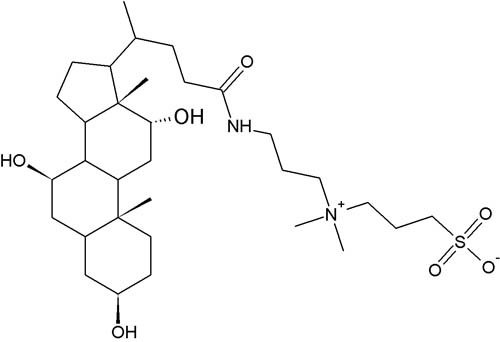Western blotting is an immunodetection technique used to first separate proteins by gel electrophoresis then to transfer those separated proteins from the gel matrix onto a secondary, more durable matrix, most commonly polyvinylidene difluoride (PVDF) or nitrocellulose.
Topics: Western Blotting
Cell Lysis: 5 Common Cell Disruption Methods | G-Biosciences
When working on proteins, your sample biological materials should first be homogenized to ensure proper solubilization and extraction. This can be a challenge if you are trying to extract plant proteins because their tissues contain significant amounts of proteases, phosphatases and glycosidases which can interfere with the results. In addition, not all biological materials require the same technique so you should really be careful when choosing the technique that you would use.
Topics: Protein Extraction
Detergents: Ionic, Non-Ionic, and Zwitterionic. What's the Difference?
There is a plethora of uses for detergents, both in the lab and in everyday life. The usefulness of these cleaning compounds comes from subtle differences in their chemical structure. Detergents are composed of amphipathic molecules, containing a polar hydrophilic head group attached to a long-chain hydrophobic carbon tail. The composition and charge of the molecules’ head and tail groups determines the mechanism by which these molecules will act as detergents. Because of this, different types of detergents are useful for a variety of purposes.
Topics: Detergents
Buffer Solution Preparation: An Essential Skill for Researchers
Many high school and college students realize that having research experience in an academic or industry lab has many benefits. Many search for paid or unpaid internships, part-time employment or propose a research project in their instructor’s lab, working independently, applying what they already know and building expertise in experimental design, instrumentation, and data analysis.
Topics: Teaching Biotechnology







